Jan 2, 2025
10 Steps to Publish Your Book
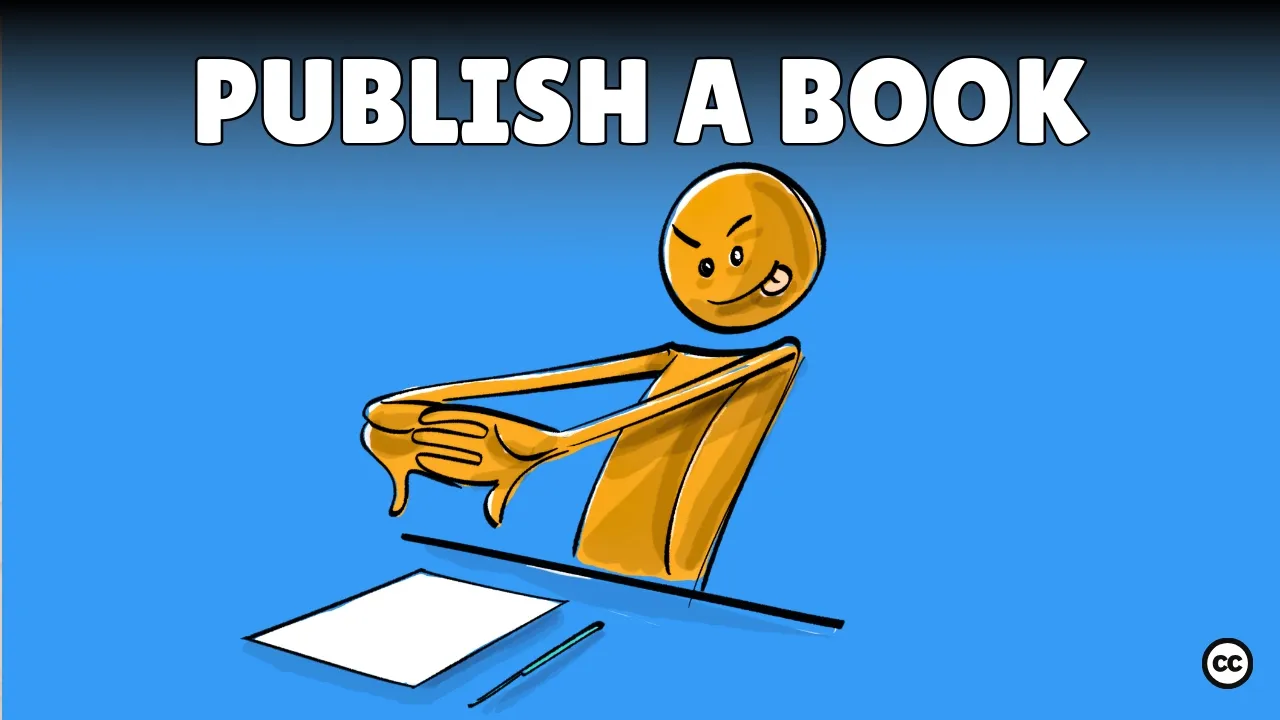
Writing a book involves a sequence of steps, each critical to the production of a polished product. While many start this adventure, only 3% finish writing their manuscript, less than 1% end up publishing their book, and even fewer see their work withstand the test of time. Here are 10 things we learned from our journey to becoming published authors!

10 Steps to Publish a Book
Let’s break down the essential steps to publish a book, starting from the initial concept to marketing your final product.
1. Develop a Concept
First, develop a concept. This can be an idea for a story, a collection of essays, or a central argument for non-fiction. Inspired by Jason Zweig’s The Devil’s Financial Dictionary, we created an educational encyclopedia from the perspective of a clever child who questions traditional schooling and suggests alternatives.
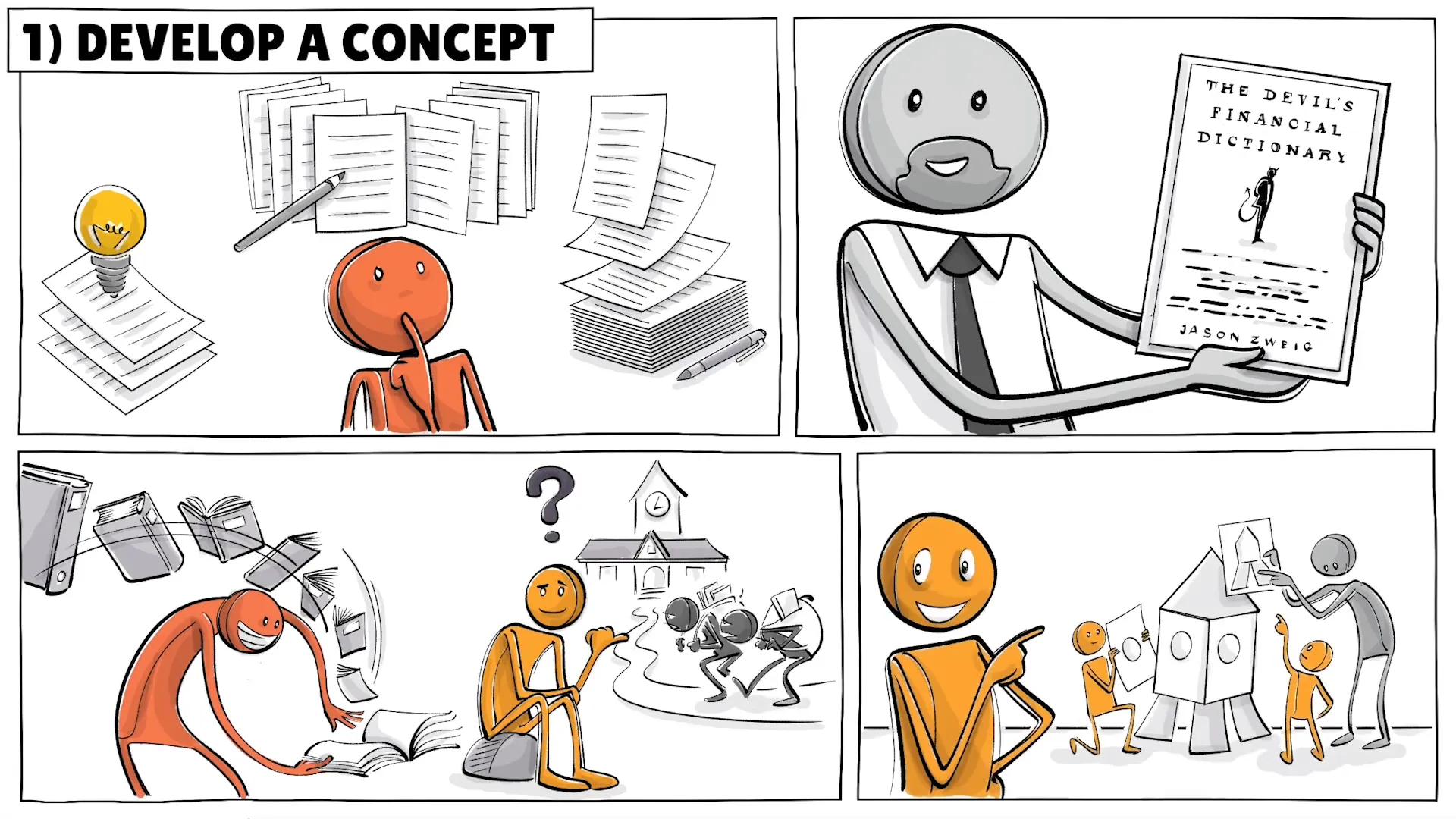
2. Plan an Outline
Next, plan an outline that structures your main points or story arc. This acts as a roadmap and keeps your content organized as you write. Our book has two parts: Part one covers everything you should know about learning and the unintended consequences of formal education, while Part two is a comprehensive guide to sixteen alternative schools.
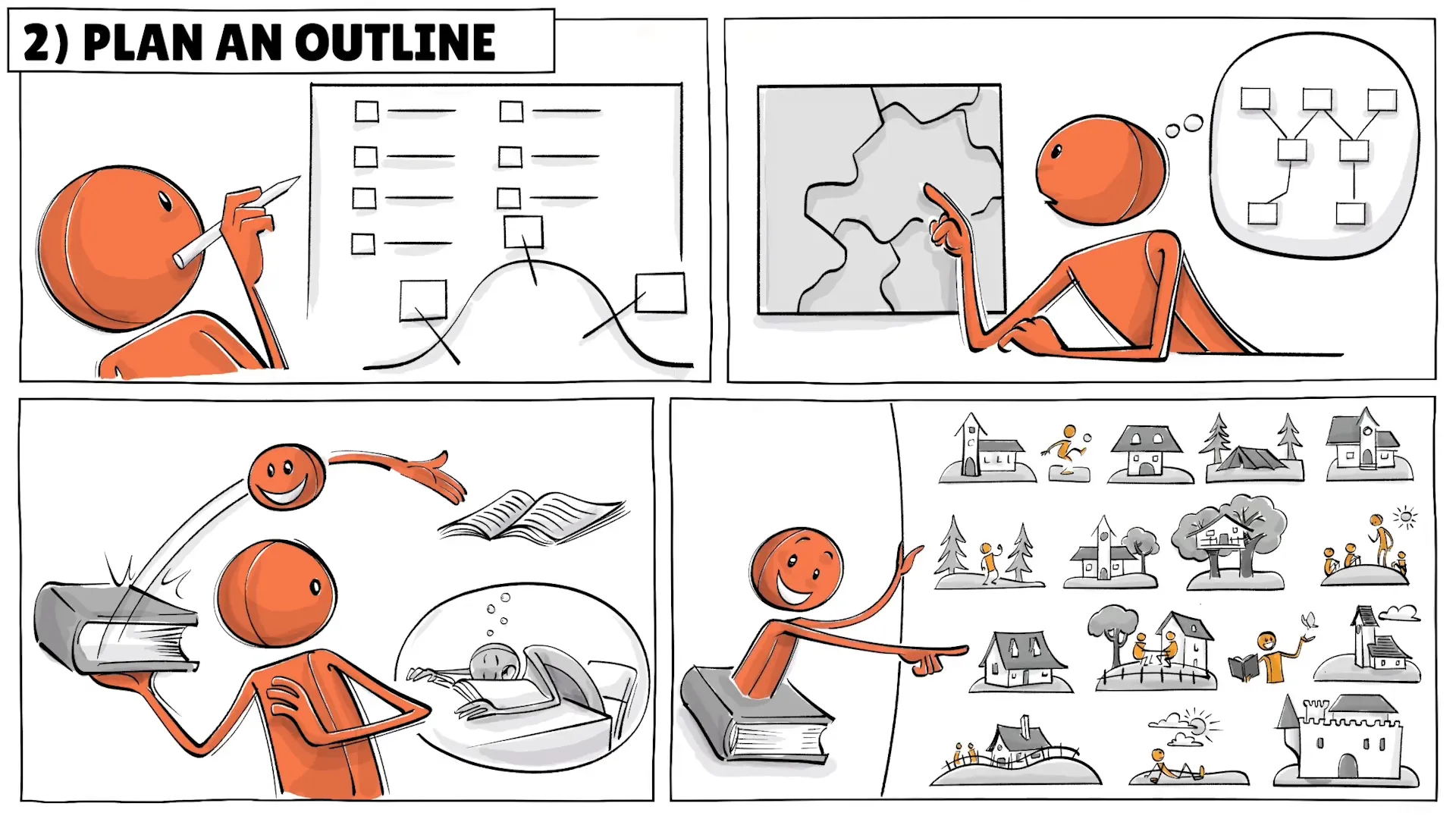
3. Write a Draft
Now, it’s time to write the first draft of your manuscript. This step is often the most time-consuming as it involves fleshing out all details, doing plenty of editing, and grappling with self-doubt. We thought it would take us about six months to complete this phase, as we already had hundreds of popular video scripts. However, it ended up taking nearly two years.
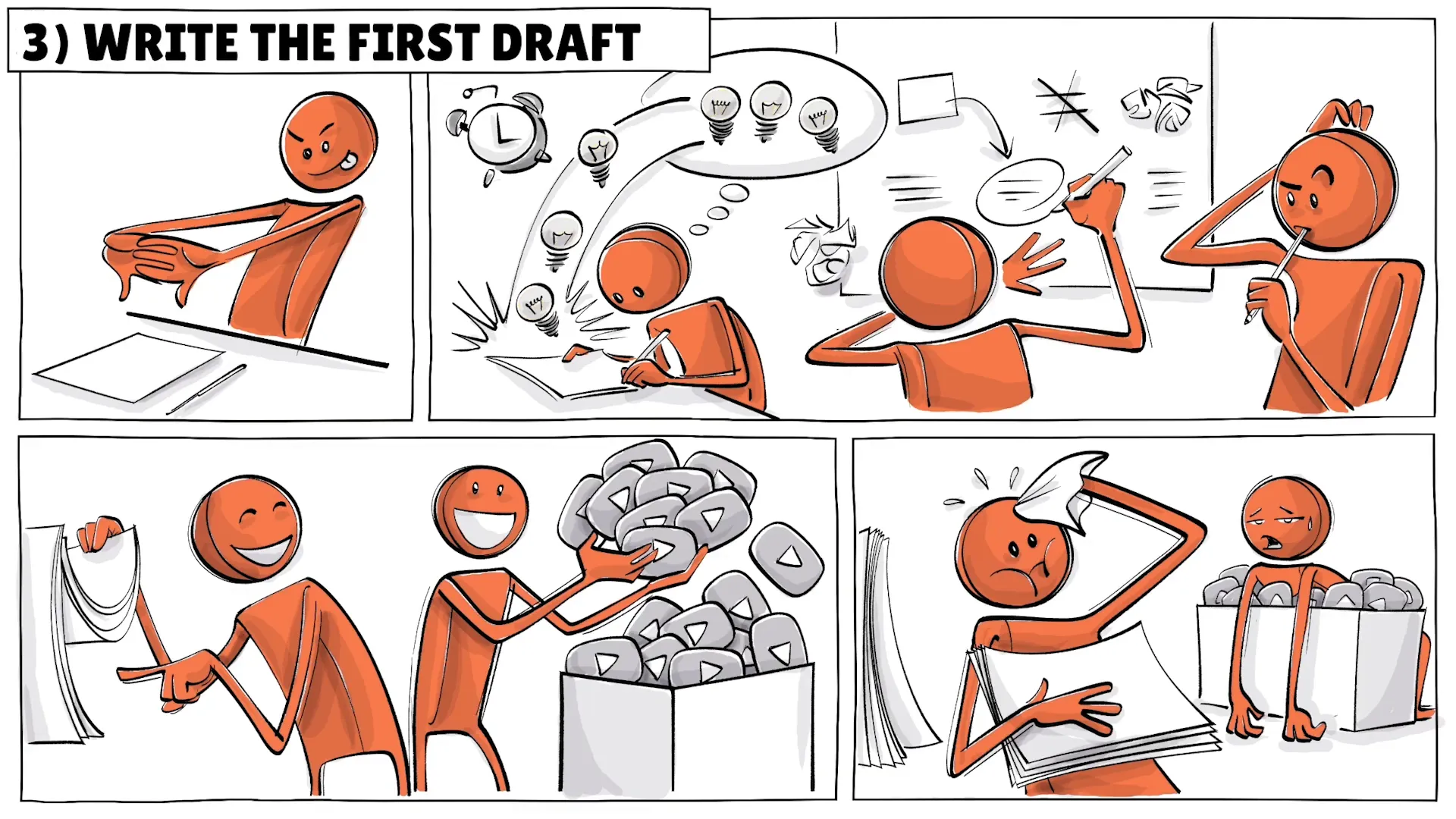
4. Revise the Manuscript
Once you have a draft, the next step is to revise your manuscript. This includes reworking the text for clarity, structure, voice, and style. We revised our text by considering George Orwell’s six writing rules and followed the advice of Elmore Leonard, who said, “when it sounds like writing, rewrite it.”
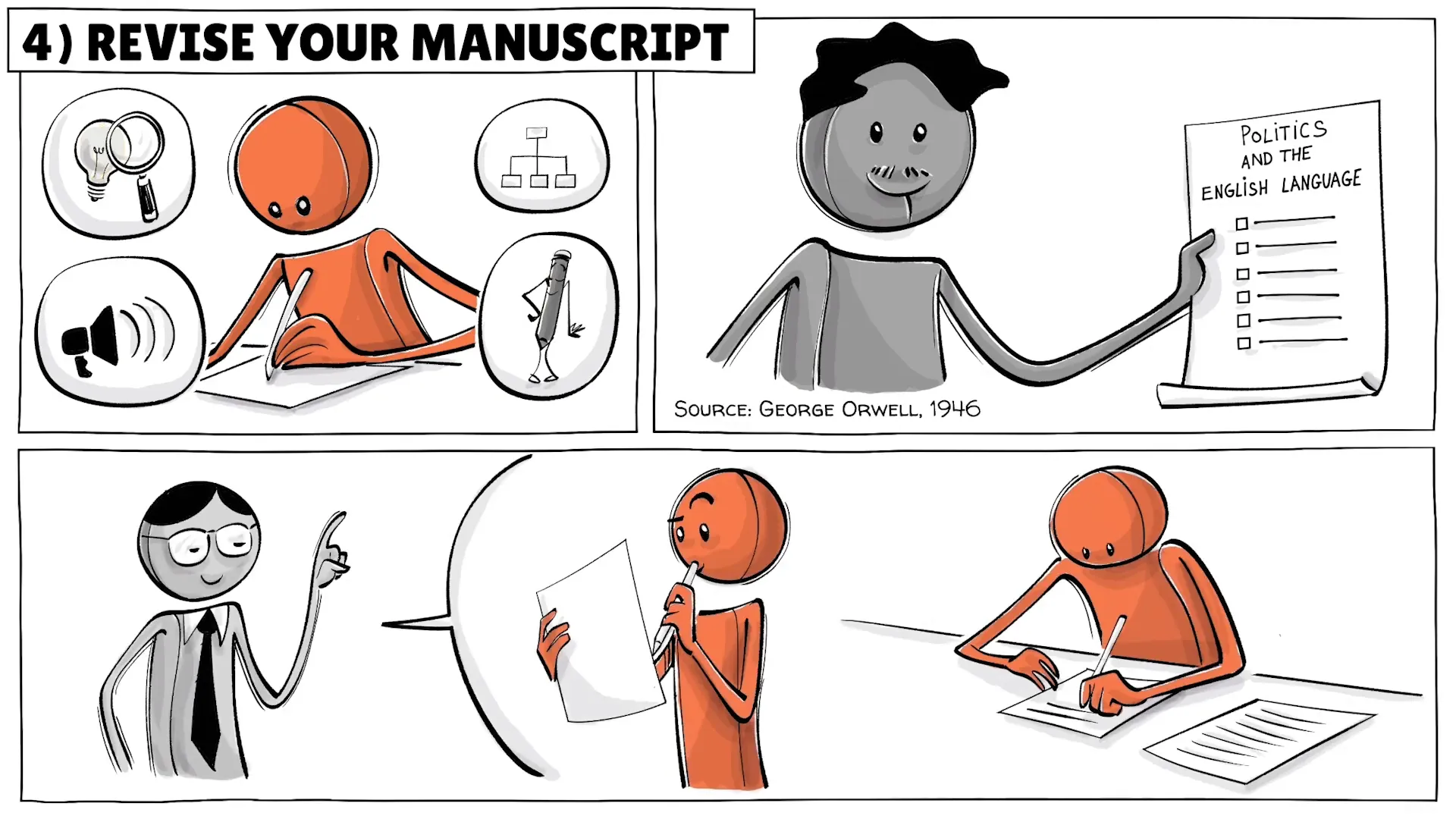
5. Get Feedback
After revising, have others read your manuscript to get feedback. This can be peers, beta readers, or professional editors. Our book was fact-checked by two members from our team and reviewed by a freelancer for grammar. Constructive feedback is crucial to improving the quality of your manuscript.
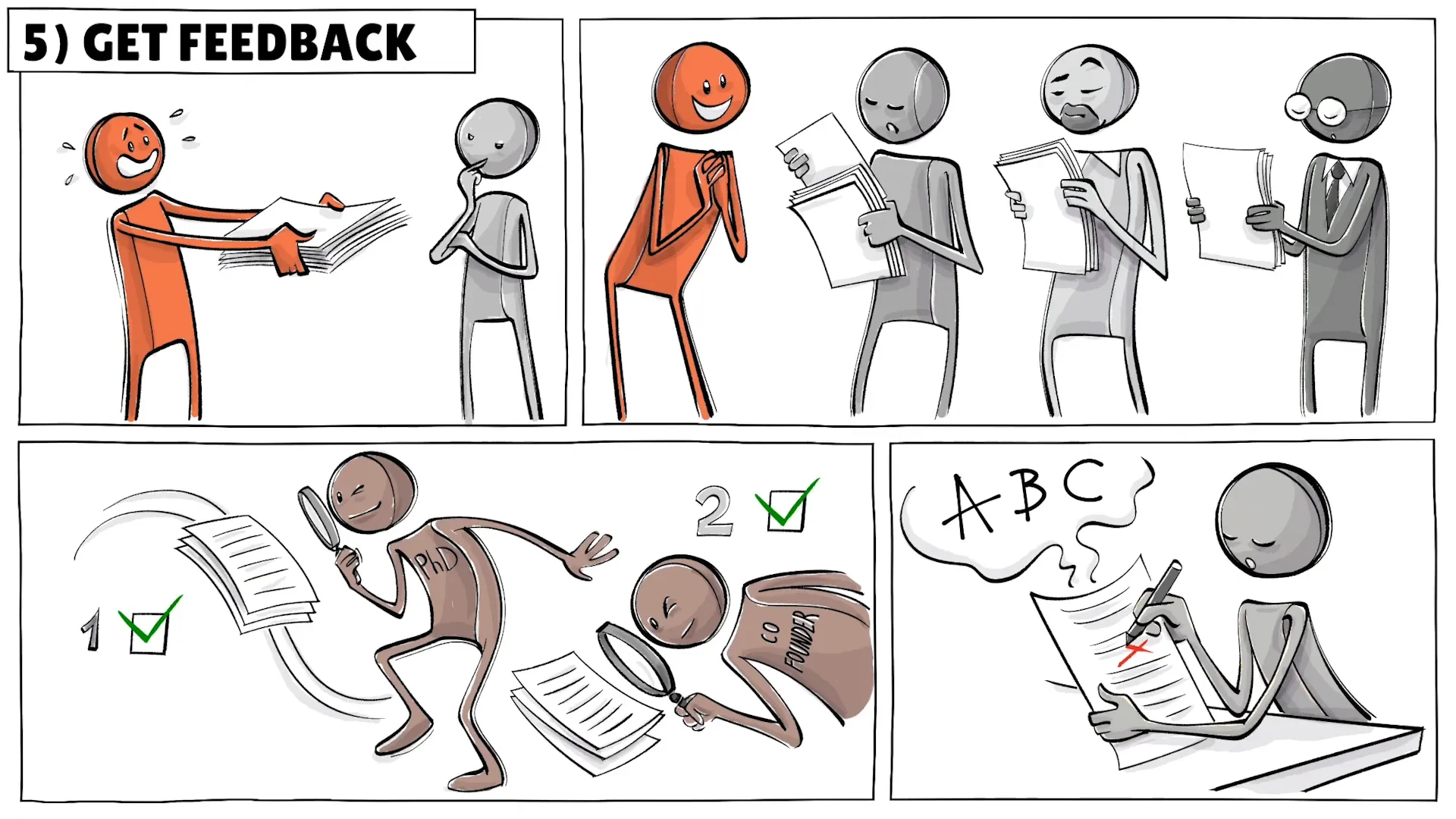
6. Find a Publisher
Now it’s time to find a publisher. Our publisher, Mango, has a data team that actively seeks creators with existing audiences and writers who could fill gaps in the market. However, there are plenty of publishers that work with independent writers as well. Research to find the right one for your book and submit your manuscript for their consideration. Alternatively, you can opt for self-publishing, including directly on platforms like Amazon, which is responsible for over 80% of all e-books sold in the UK.
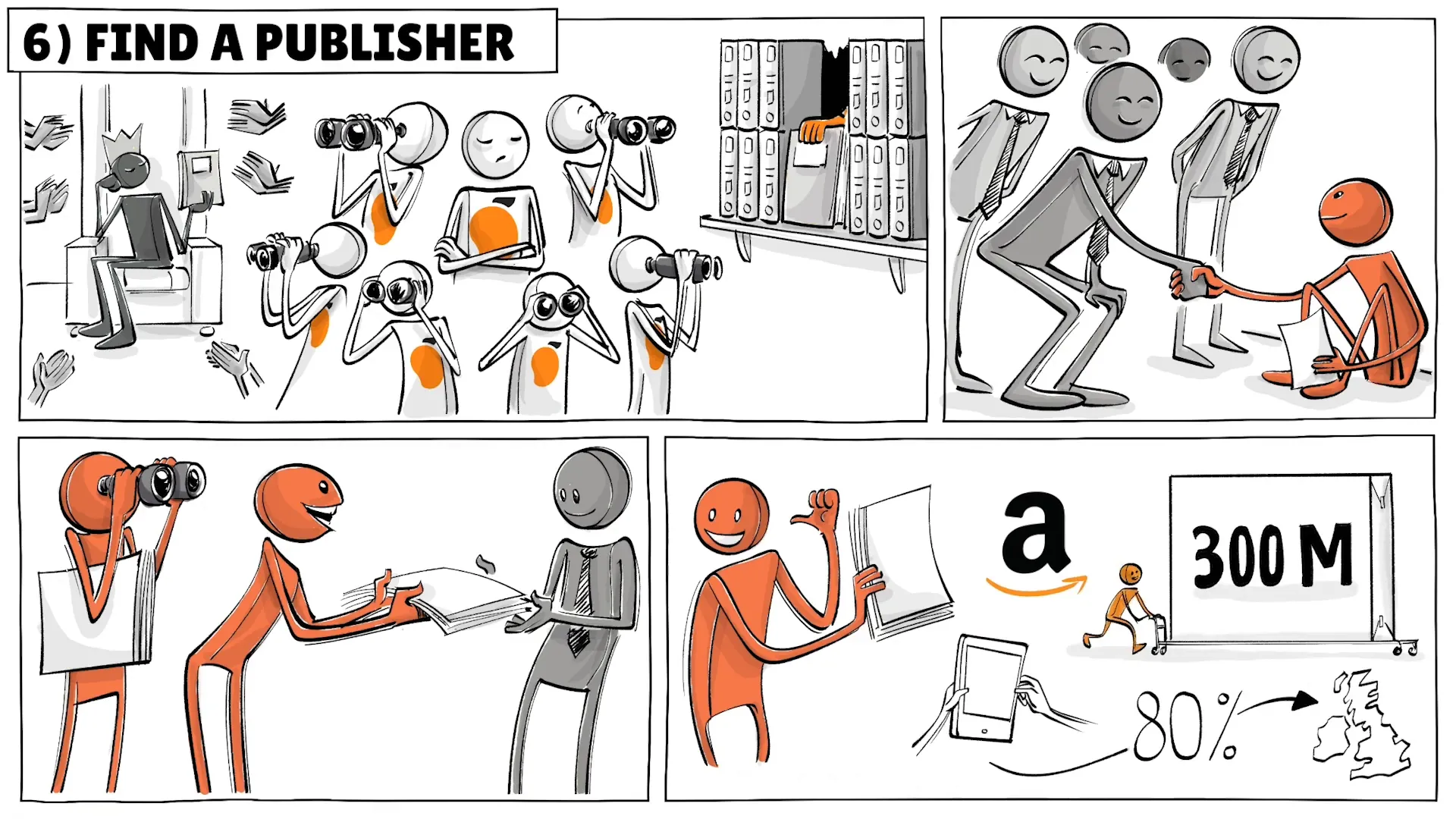
7. Refine the Manuscript with an Editor
Once you think you are done, it’s crucial to get a professional editor to refine your manuscript. Editors can help with big picture changes, grammar, style, and do a final proofreading. We were fortunate that our publisher provided us with editorial guidelines and directed us to use the Chicago Manual of Style, which has defined text formatting since 1906. They also conducted a legal review to ensure the content was safe to publish.
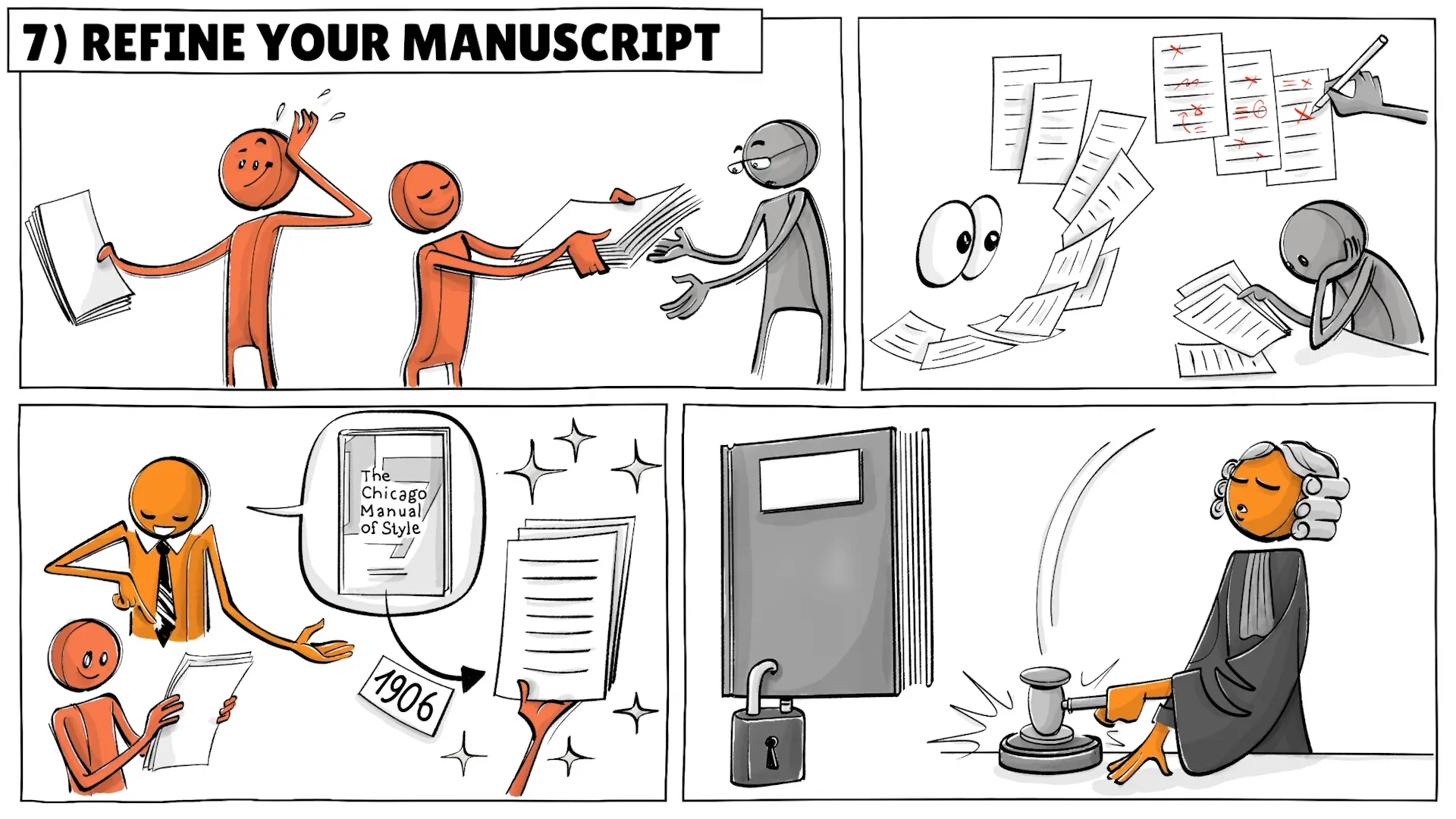
8. Design the Book
After finalizing the text, you need to design the look and interior of your book. This involves choosing fonts, colors, typesetting, adding chapter headings, and page numbers. We also included illustrations, QR codes, and created graphs. Assembling all these elements can be challenging, but it is essential for a professional appearance.

9. Share a GoProof
Before printing, share a goproof with everyone involved in the publication process. This document ensures that publishers, editors, authors, and designers agree with the final layout, text, and images. The goal of the goproof is to catch any remaining errors before the book is sent for production. We used specialized software for this step. If you self-publish, this is where you want to get help to ensure everything is correct.
10. Focus on Marketing
Once the book is out, shift your focus to marketing so people can discover your work. You need to hustle and promote your book actively. We tell everyone we know to get their copy of our Unschoolers Educational Dictionary right now! It’s insightful and dark—just check the links below!
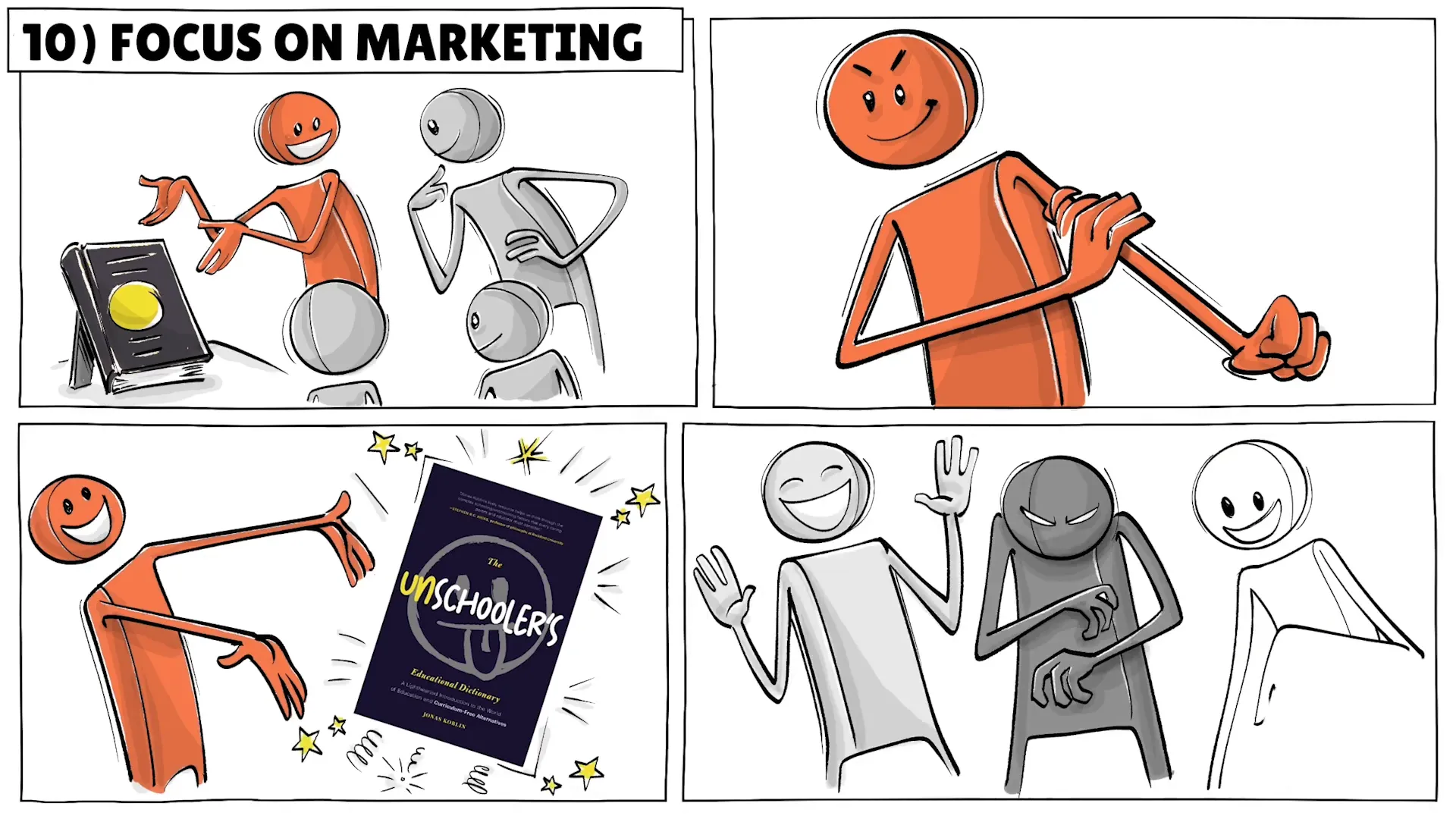
Wait for the Result
If you executed everything well and are lucky, your book sales may spike immediately after the publishing date, drop drastically afterward, and then rise steadily over the coming years. That’s typically the pattern of a long seller. While our book may never reach the sales of a true classic, we are hopeful it will surpass other titles.
Conclusion
If you found this information helpful, we encourage you to check out our other videos, join us on YouTube, or visit patreon.com/sprouts. For more information, classroom exercises, or videos without background music, visit sproutsschools.com. Publishing a book is a significant achievement, and we wish you the best in your writing journey!
This article was created from the video Become an Author! [10 Steps to Publish Your Book] with the help of AI. It was reviewed and edited by a human.



